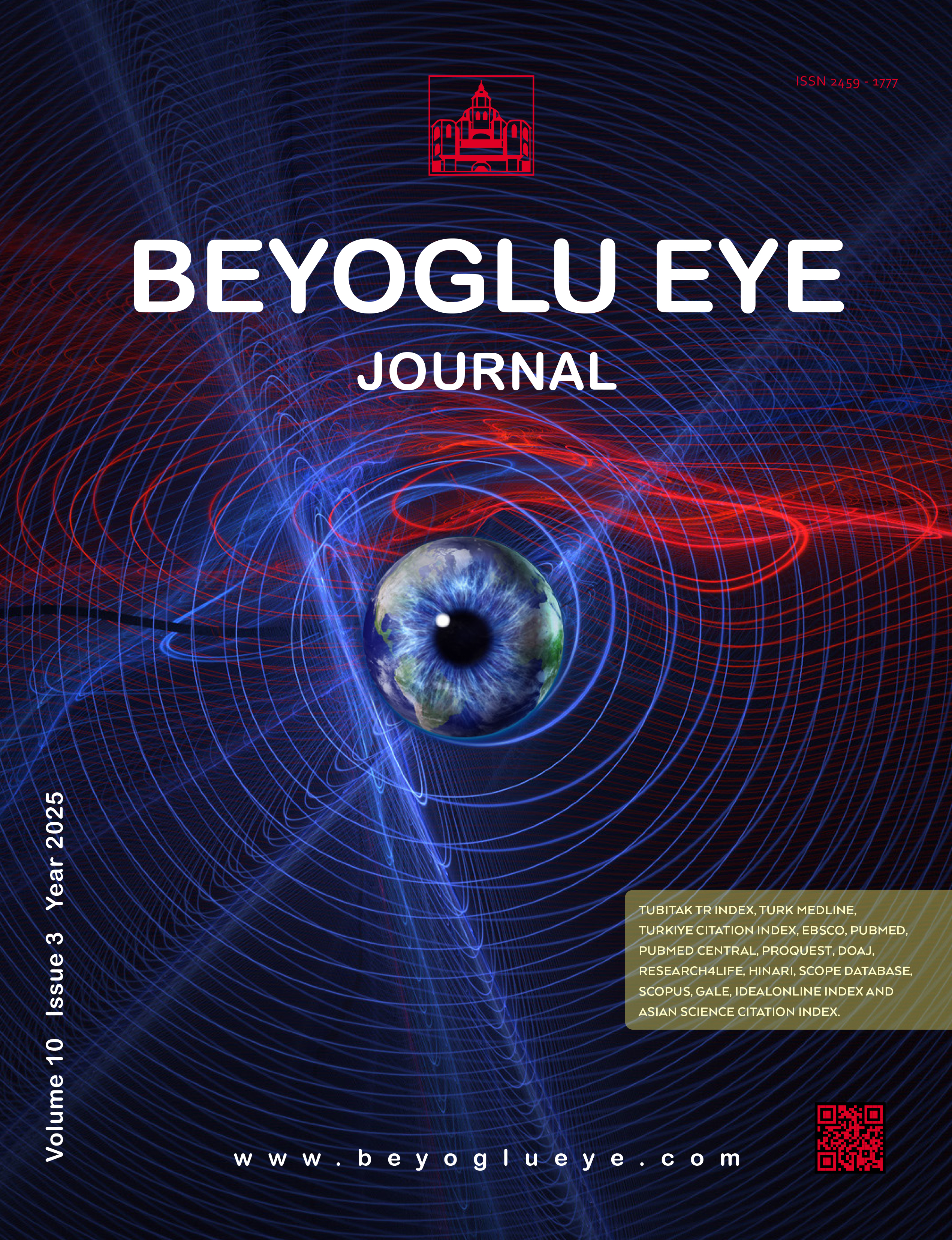
Keratopigmentation: Is it a Miracle or an Adventure?
Melisa Zisan Karslioglu1, Ayse Yildiz Tas1, Cem Kesim1, Afsun Sahin2, Orkun Muftuoglu21Department of Ophthalmology, Koc University Hospital, Istanbul, Turkey2Department of Ophthalmology, Koc University Faculty of Medicine, Istanbul, Turkey
INTRODUCTION: This study is an analysis of the cosmetic and functional results of patients who underwent keratopigmentation (KTP).
METHODS: Sixteen eyes of 16 patients, 7 females (43.75%) and 9 males (56.25%) were included in the study. Intrastromal and superficial manual KTP were performed under general anesthesia. Patients with no light perception or with only light perception but total corneal opacification, prosthetic contact lens intolerance, or unwillingness to use a contact lens were studied. The main outcomes were postoperative patients satisfaction, cosmetic results, pigment stabilization and surgical complications. A grading system (0-5 points) was used to assess patient satisfaction and the cosmetic results.
RESULTS: The mean age of the patients was 30.5±12.06 years (range: 16-53 years). Black pigment was used in 10 patients (62.5%), a brownish color in 5 patients (31.25%) and a greenish, yellow, blue, and black color pigmentation was used for 1 patient (6.25%). The mean follow-up was 29.31±15.45 months (range: 8-52 months). In 2 of 16 patients, mild to moderate pigment loss was seen 12 months after the surgery and superficial KTP was repeated. Minimal pigment loss was seen in 5 patients, but the cosmetic results were satisfactory and no secondary surgical procedure was required. Pigment leakage underneath the conjunctiva was seen in only 1 patient. Otherwise, there were no complications associated with keratopigmentation. The postoperative mean patient satisfaction score was 4.18±0.75 points (range: 3-5 points).
DISCUSSION AND CONCLUSION: KTP is a safe surgical procedure that is easy to learn and perform, does not require expensive materials, and avoids more extensive and invasive reconstructive ocular procedures. Corneal KTP may have a great impact on future ophthalmic surgical practice from both therapeutic and cosmetic perspectives.
Manuscript Language: English









